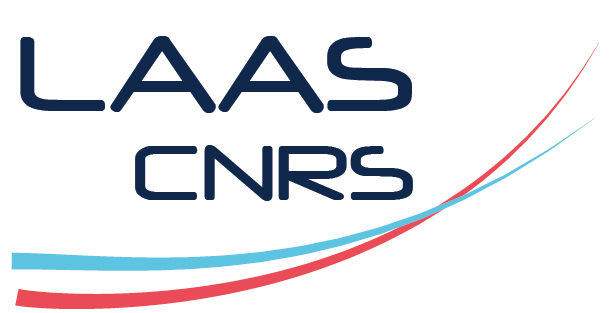Insights into amorphous low-density hydrous RuO2 for supercapacitors using ab initio molecular dynamics simulations
Résumé
Hydrated ruthenium dioxide (RuO2 ) stands out as the archetype of pseudocapacitive materials, renowned for its outstanding capacitance and remarkable stability for supercapacitor applications. Herein, we introduce a model of amorphous low-density hydrous RuO2 for supercapacitors, utilizing a combined approach of ab initio molecular dynamics simulations (AIMD) and density functional theory (DFT), along with Nudged Elastic Band (NEB) methods, making the first instance of such an approach. Starting from an anhydrous amorphous structure, we systematically increase hydration levels within the model. Our simulations reveal the critical role of OH groups at oxygen non-bridging sites and molecular water in enhancing hydrogen mobility. Furthermore, the presence of water facilitates the Grotthuss mechanism, forming a ring of H-bond donors and acceptors involving water and oxygen. This mechanism connects distant sites, creating multiple pathways for hydrogen migration within the system, with an activation range of 0.3-0.4 eV. These findings provide valuable insights into the behavior of hydrated RuO2 in supercapacitors, shedding light on the interplay between hydration and hydrogen motion for enhanced energy storage applications.
| Origine | Fichiers produits par l'(les) auteur(s) |
|---|

